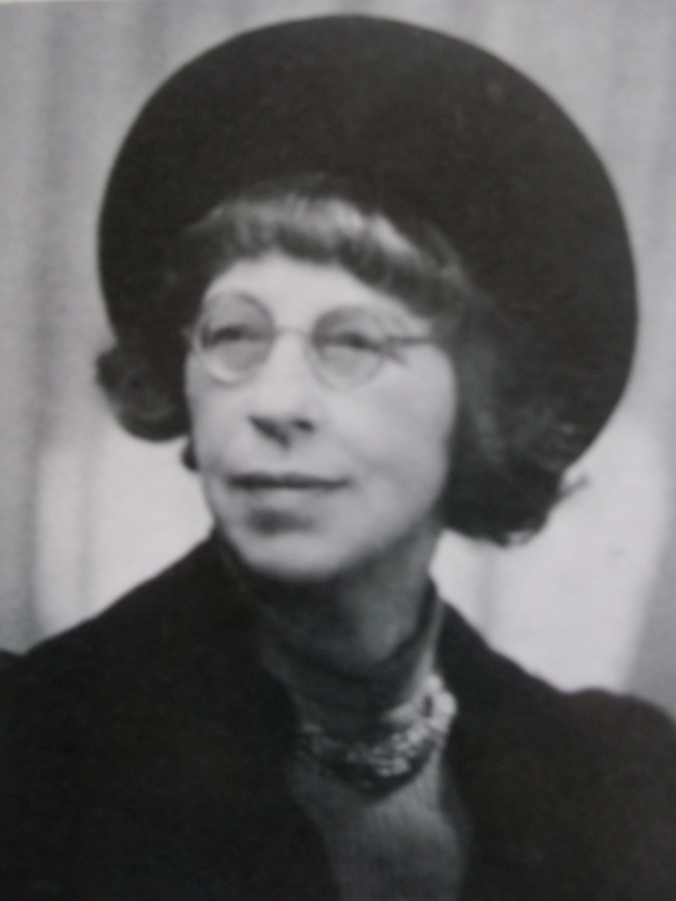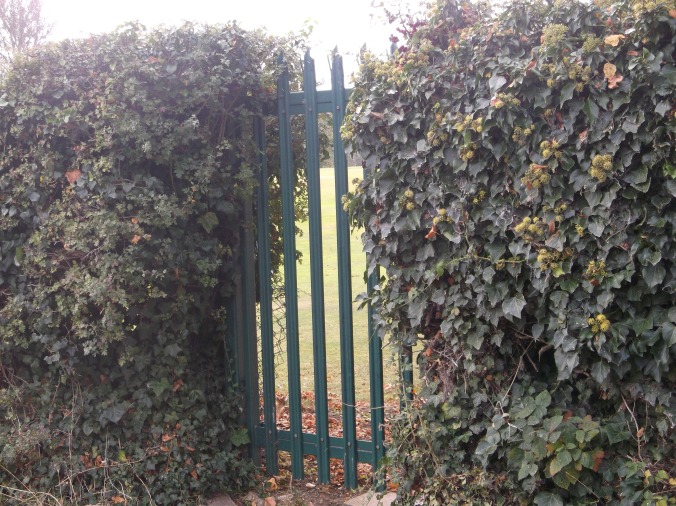As a footnote to the Grand Christmas Quiz, this is the full text of the letter that E.W. Swanton sent to the ‘Spectator’ in response to Enoch Powell’s so-called “Rivers of Blood” speech at Birmingham in 1968. Pretty strong stuff, I think you’ll agree. It’s really only notable because Swanton quite consciously aspired to be the voice of the English cricketing “Establishment”, and so might be suspected, by some, of sympathising with Powell’s views.
“Sir: In a recent letter to the Daily Telegraph, Mr. Patrick Wall, MP, seemed to applaud Mr. Enoch Powell’s infamous speech as a clarion call to Britons who have pride in their country.
Within the last few days an Indian student at Highbury has been set upon, kicked and slashed, by four sixteen year olds chanting ‘blackman, blackman, Enoch, Enoch’. A respectable West Indian citizen at Wolverhampton celebrating a family christening has been attacked without provocation and injured by people also invoking the name of Enoch, the prophet. ‘Enoch dockers’ at Westminster have been putting their boots into students off the ground.
Are we to explain this sort of behaviour as some sort of twisted expression of national pride?
Many will echo Mr. Wall’s cry for leadership of a kind that will kindle ‘those principles that made us great’, but what has this aspiration to do with a bloodthirsty, hateful speech, lacking a single compassionate phrase towards fellow-members of our Commonwealth, which has so fanned the flames of ignorance and prejudice as to bring about such episodes as these?
If Enoch knew what passions he was about to unleash, he was guilty of an act that was the complete negation of patriotism. It is possibly more charitable to suppose that his frothy speech was a bid for future political power which, pray God, he may never achieve.
If ‘Enochism’ were ever to win through, there would surely be a migration from this once great land of white as well as black.
E.W. Swanton
Delf House, Sandwich, Kent.





















